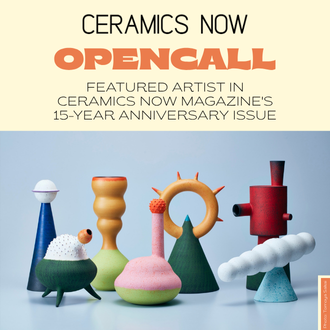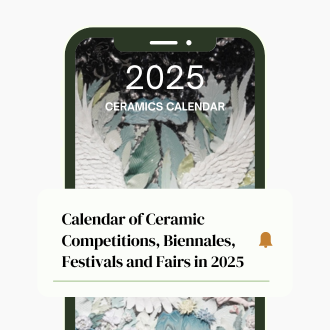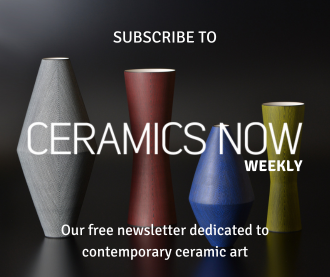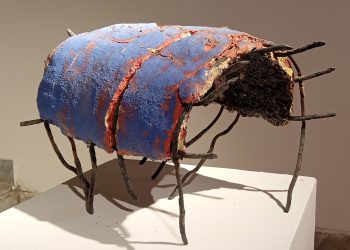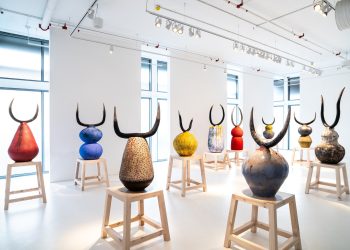Amélie Proulx is an artist living and working in Lévis, Québec, Canada. She received a BFA from Concordia University in Montreal (2006) and an MFA from the Nova Scotia College of Art and Design University in Halifax (2010). Her artwork has been presented in solo and group exhibitions in Canada, the United States, Australia, Scotland and France. In 2013, she received the RBC Emerging Artist People’s Choice Award at the Gardiner Museum in Toronto, and the Winifred Shantz Award for Ceramics in 2016 at the Canadian Clay and Glass Gallery. In 2021, she received the Prix Videre Création en arts visuels awarded by Manif d’Art. Since 2019, she has been making public artwork for different public spaces in the province of Québec. Her public art practice allows her to work on bigger and more ambitious projects that are permanently installed in different public settings. She has also participated in several residencies, notably at the European Ceramic Work Centre (The Netherlands, 2014) and the arts/industry residency at Kohler Co. (Wisconsin, 2017). She teaches ceramics at the Maison des métiers d’art de Québec and Concordia University in Montréal. Her work is found in several public and private collections, most notably the Musée national des beaux-arts du Québec. She is represented by Chiguer Art Contemporain.
Visit Amélie Proulx’s website and Instagram page.
Featured work
Les horizons marqueurs, 2022-2023
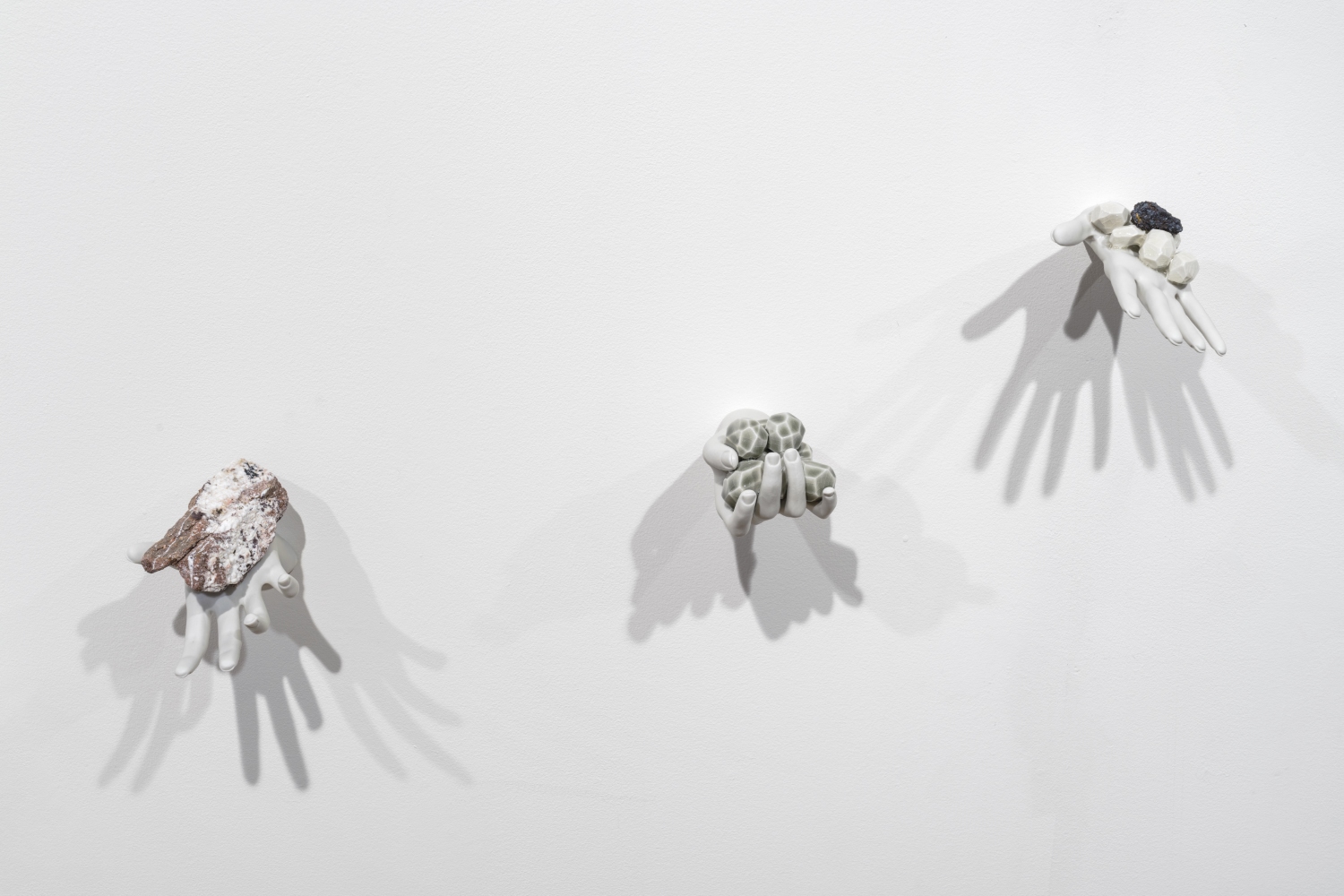
Les eaux composées, 2020
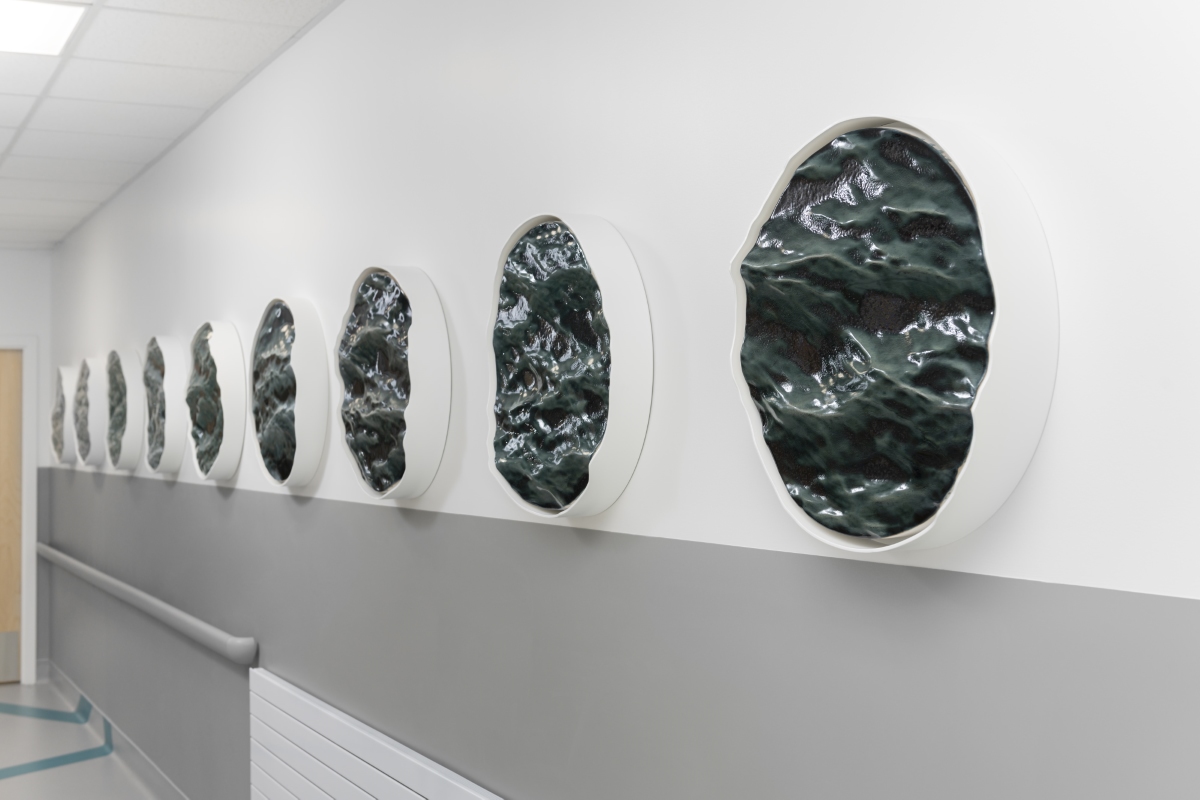
Les herbes de passage, 2020
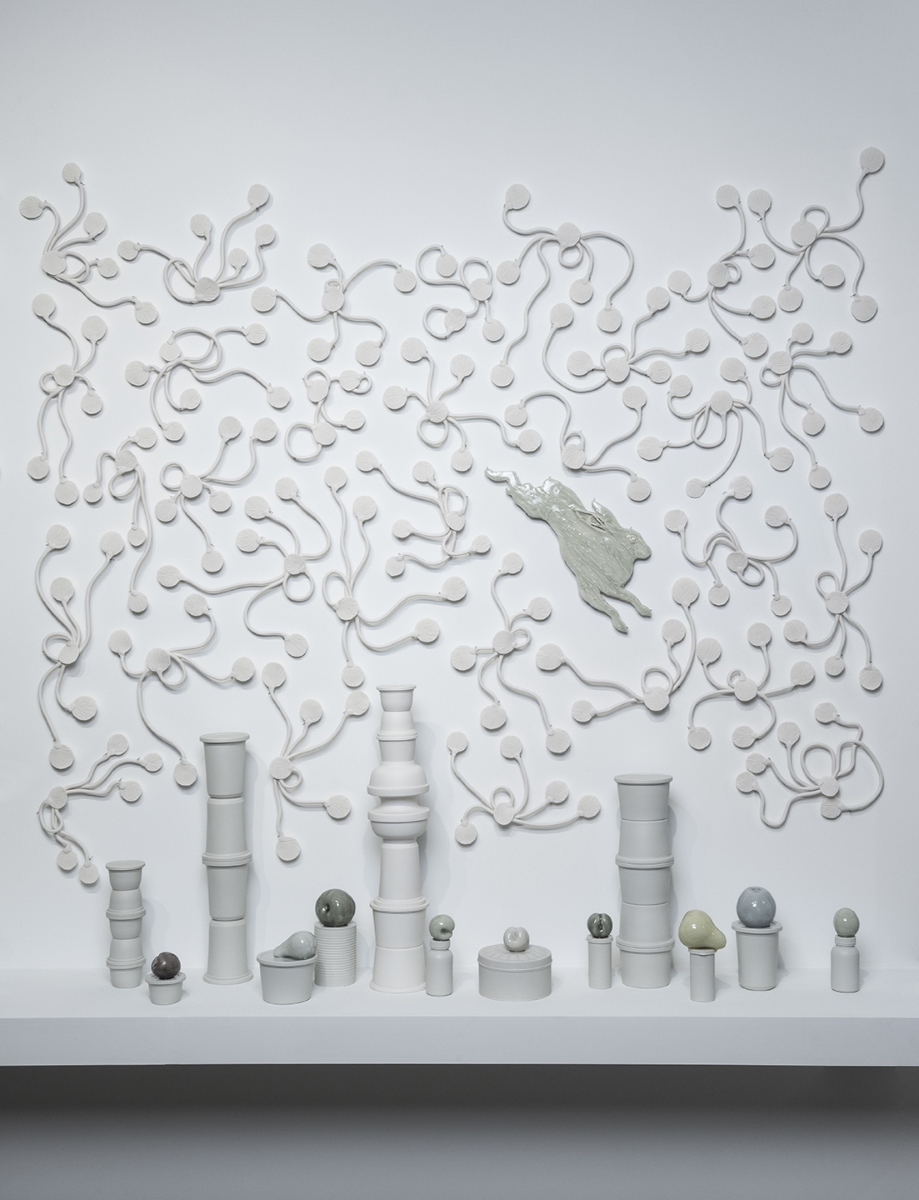
Paragenèse, 2021
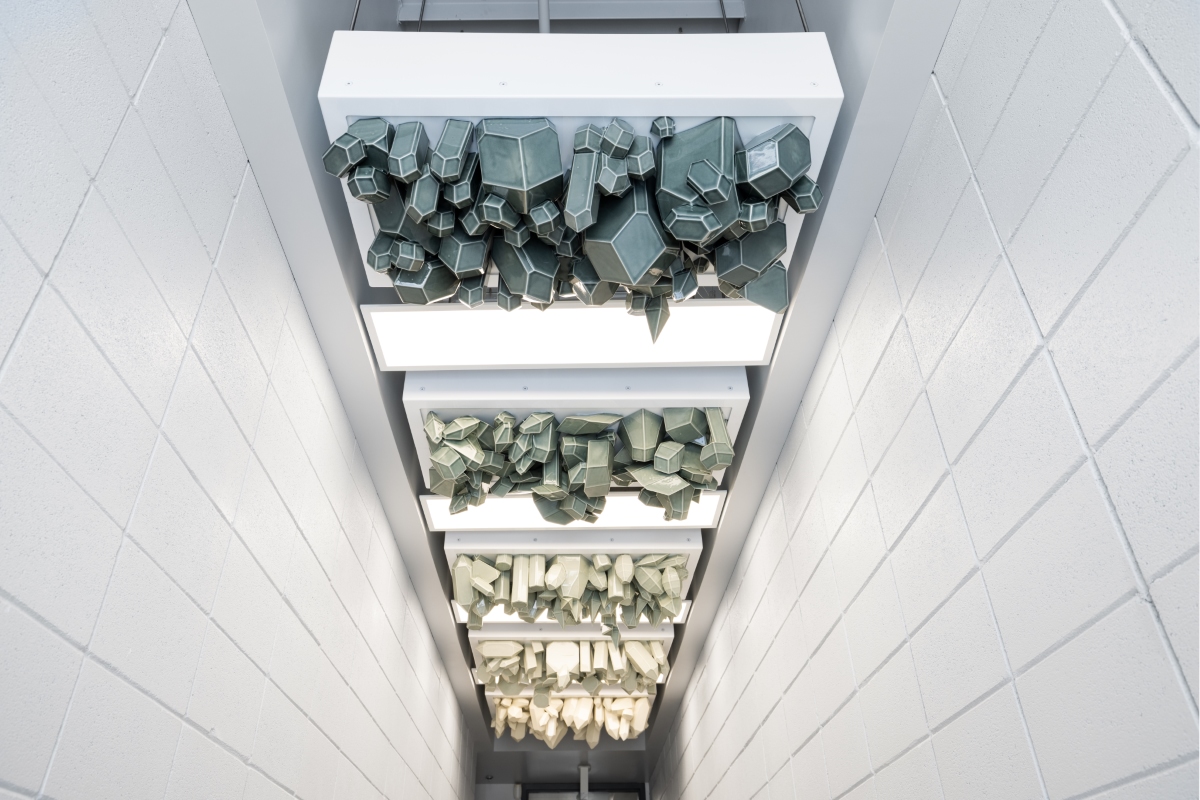
Porcelain, this material considered immutable over time, is at the foundation of my research. Through representation of iconic signs and technological manipulations, my work evokes the cycle of transformation of this material and a perpetual slippage of meaning in the perception of natural phenomena. I start with the premise that before its firing, clay is a soft material that can be perpetually transformed if it stays wet. The process of firing renders this material stable and permanent, thereby conserving its characteristics of stability and immutability for millennia. My explorations with this material have led me to develop different strategies for unsettling the inherent characteristics of ceramics and suggesting that this material could collapse again into a soft state and stay in perpetual transformation. My interest in the chemical and physical characteristics of clay is combined with my fascination with biomimicry and the incredible capacity of animals to adapt to their environment. For example, birds living in urban settings who use trash to build their nest in ingenious ways animate and inspire some of my creations. My research is also inspired by a phenomenon called zoochory whereby animals have an impact on the landscape by inadvertently transporting in their fur or feathers pollen or seeds of different plant species. This is the case for bats living in tropical forests, who are considered important pollinators, contributing to the growth of a variety of tropical fruits.
My interest in fauna and flora and in landscapes in perpetual transformation manifests and translates itself in different ways in my practice. My research of the last few years concerns the “translation” of material through such technological processes as 3D scanning, modelling and printing. This process of the technological translation of matter is combined with a multitude of everyday studio objects, such as boxes, packing materials and containers, which are reproduced in porcelain and then assembled in various ways. It is through these juxtapositions—of familiar functional materials that form the landscape of the studio with other elements that have been translated by means of various technologies before being reproduced in porcelain—that my creations are realized. It is the case of my 2020-2021 body of work titled Les herbes de passage.
My most recent work has taken a new tangent which seems to open several possibilities. For several years, I have been working with a porcelain that I make from raw materials that I buy from different suppliers. However, during the last few years, the pandemic has revealed the fragility of the supply chain. When looking for alternative raw materials that were not available from suppliers, I started to reflect on rocks and minerals that are part of the Québec landscape. These local materials would also have the advantage of shrinking my ecological footprint and of allowing me to have a more self-sufficient practice. Since all raw materials used in ceramics have mineral origins, I started research on locally available rocks and minerals that could be eventually incorporated into my clay bodies or my glazes. Through this preliminary research, I established that I was not only interested in finding substitutes for raw materials available from suppliers, but also in finding rocks and minerals that could add textures to enrich the already deeply material experience of ceramics. This process allows me to add a new layer of meaning to my work where I now evoke landscape through the use of materials taken from specific landscapes. This new methodology of harvesting my own raw materials is a logical continuation of my practice, already deeply anchored in references to natural phenomena and the passage of time that inevitably brings changes.




